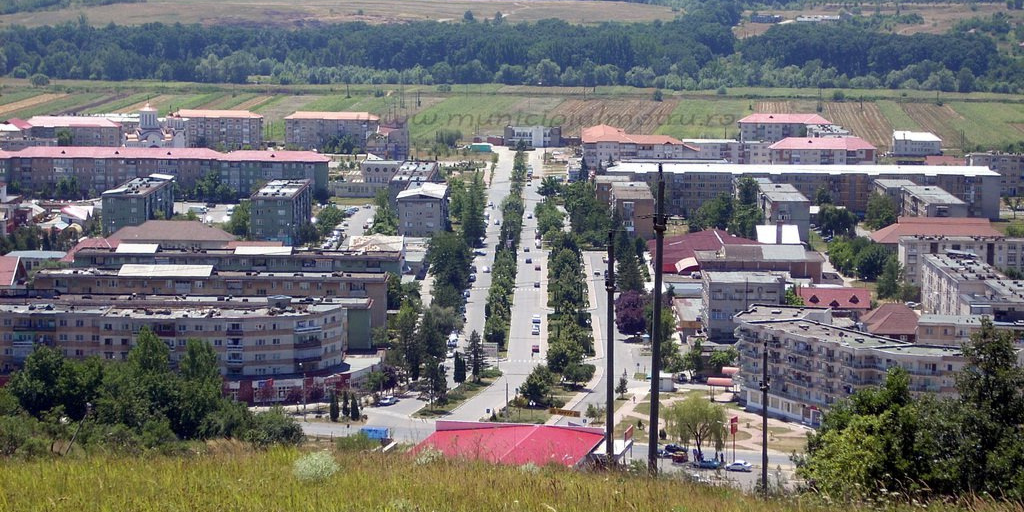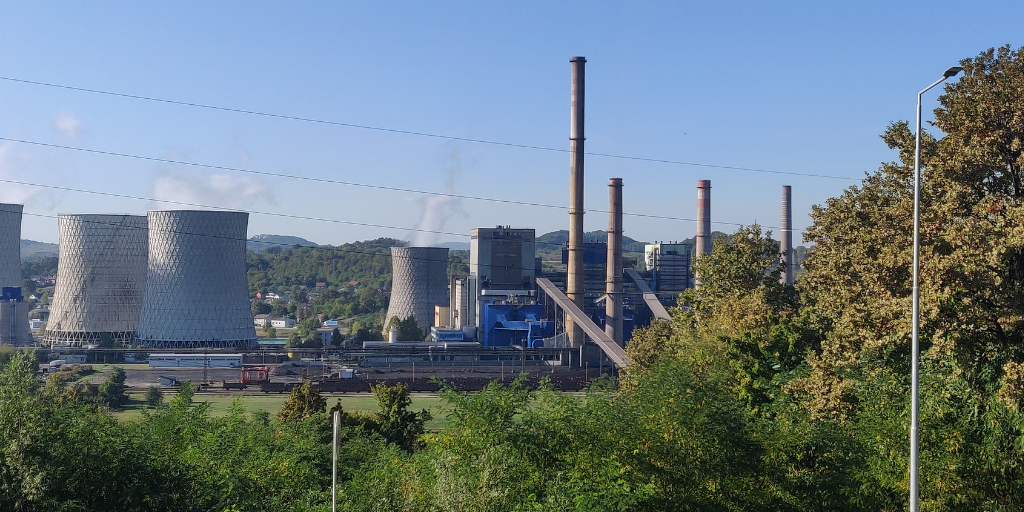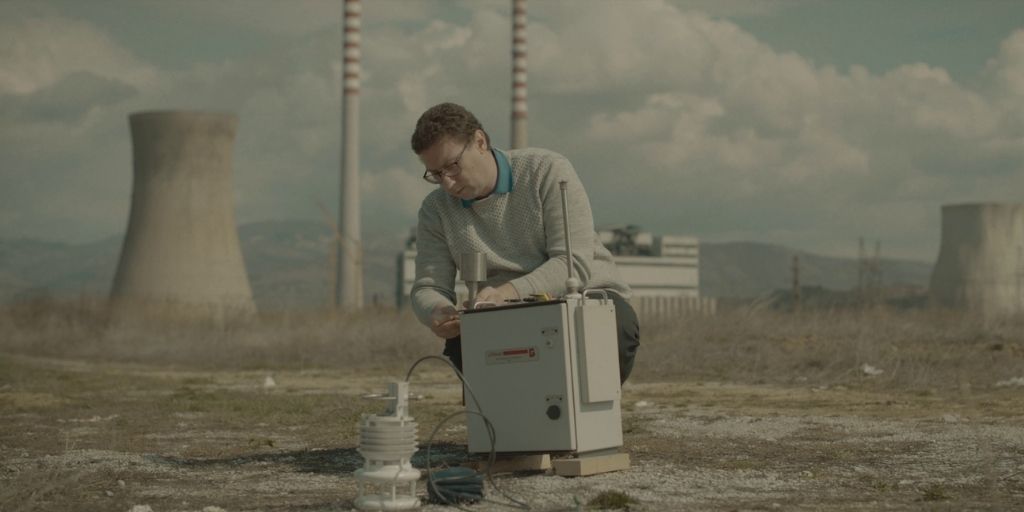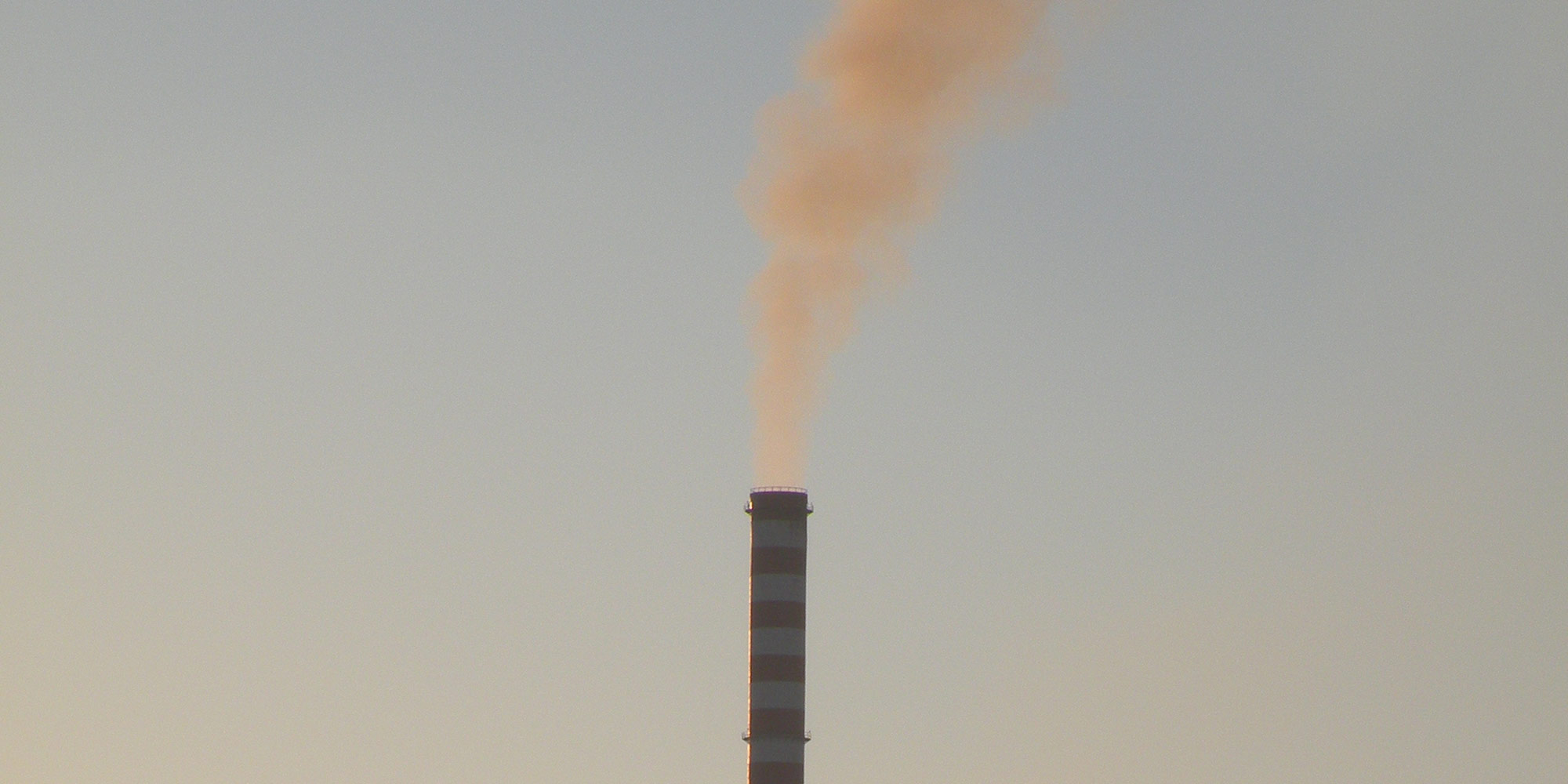Bosnia and Herzegovina (BiH), a country of around 3.5 million people, is currently a net exporter of electricity – the only one in the Western Balkans. More than half of its electricity generation capacity is made up of hydropower, while the remainder is made up of five lignite power plants.
As of the end of 2023 the country had around 2076 MW net installed hydropower capacity larger than 10 MW, 2065 MW of lignite, 186 MW of small hydropower, 135 MW wind power, 212 MW solar and 93 MW of industrial power generation.Generation levels hover around two-thirds coal to one third hydropower, depending on the hydrological conditions.
In March 2018 BIH’s first wind farm – the 50.6 MW Mesihovina facility in Herzegovina, financed by Germany’s KfW – started operating, followed by the 36 MW Jelovača plant in 2019. The 48 MW Podveležje wind farm was also completed in 2021 and as of early 2025, the 84 MW Ivovik plant near Livno was also undergoing test operations.
After a late start, solar is also developing rapidly in BiH. By the end of 2023, 182 MW of small-scale solar had been installed, and the same year, the 30 MW Petnjik plant started operating.
The coal power plants are situated in Tuzla (715 MW installed capacity), Kakanj (466 MW) Gacko (300 MW) and Ugljevik (300 MW), and – since September 2016 – Stanari near Doboj (300 MW), all with their own mines nearby. Tuzla 4 and Kakanj 5 should have closed during 2022 due to obligations under the Energy Community Treaty but the Federal government and parliament approved an illegal lifetime extension, leading to a dispute settlement procedure being opened by the Energy Community Secretariat in October 2022.
The Republika Srpska entity of BiH is the only part of the Western Balkans that still plans new coal plants. They are not likely to be built, as funding for such projects is now extremely difficult to obtain:
- Ugljevik III (2×350 MW) – no financing yet. Two Chinese companies entered the project in 2021.
- Gacko II (350 MW) – the project had not moved forward for years but in 2022 Czech company Witkowitz was reported to be interested in it. In October 2023 an environmental impact assessment process started for the project.
In 2024, the Tuzla 7 lignite plant was reported to have been cancelled, while others such as Banovići and Kakanj 8 have also disappeared from official plans.
As well as new coal capacity, Bosnia and Herzegovina plans a large amount of new hydropower, which is proving even more controversial than the coal plants. In the last decade, more than 100 small hydropower plants have been built, causing widespread public resistance in places like Fojnica, Kruščica and on the Neretvica and Buna.
Feed-in tariffs are now being phased out, thus removing one of the main drivers for their construction. In addition, the Federation of BiH has banned the issuance of new energy permits for small hydropower due to its disproportionate environmental impacts.
However, large hydropower plants such as a series of four planned plants on the upper Drina remain a strong threat. The 35 MW Ulog plant is already under construction on the upper Neretva, which is also threatened by a series of seven smaller plants. The decades-old Upper Horizons scheme is also under construction in eastern Herzegovina, threatening the region’s unique karst ecosystems as well as iconic rivers fed by underground water flows, such as the Bunica, Bregava and Buna. Since it takes water from the Neretva to the Trebišnjica basin, it is also likely to exacerbate salination of the Neretva delta in Croatia.
BIH’s 2020 target for renewable energy was 40 per cent, which it almost met. However, this was mainly due to burning wood for heating as it did not meet its electricity sub-target. Like other countries in the region, Bosnia and Herzegovina over-relied on hydropower plans, while dragging its feet on wind and solar.
Estimates of the country’s renewable energy potential vary widely, depending on whether environmental criteria are used and what economic assessment is used. Some estimates of cost-competitive potential for solar PV and wind include:
| Source | Solar PV | Wind |
| IRENA, 2020 REmap 2030 scenario |
1363 MW 1811 GWh |
1033 MW 2952 GWh |
| IRENA, 2017 Cost-competitive potential up to 2050 |
2955 MW 4126 GWh |
13102 MW 26308 GWh |
| SEERMAP Decarbonisation scenario 2050 |
1855 MW 1864 GWh |
3809 MW 7279 GWh |
| SEE-SEP The EU Road scenario to 2050 |
4500 MW 7720 GWh |
1990 MW 6810 GWh |
Bosnia and Herzegovina does not have its own fossil gas extraction and has a very low level of gas dependence – less than 3 per cent of total energy supply in 2022. In the Federation of BiH entity, it is mostly used for heating in Sarajevo. It is dependent on the Beregovo – Horgos – Zvornik import route from Russia via Ukraine, Hungary and Serbia, so although a rapid move away from its current Russian gas supply is badly needed, it would make more sense to transform the demand than diversify the supply. There have been some welcome movies in this direction. In 2022, a promising-sounding 36-megawatt heat pump project was announced for Sarajevo, to be potentially financed by the European Bank for Reconstruction and Development (EBRD).
As for oil, the Brod refinery on the Croatian border imports crude oil via the Adriatic oil pipeline JANAF. The refinery has caused anger among local people, including those in Slavonski Brod on the Croatian side of the border, with its high levels of air pollution.
Bosnia and Herzegovina could do a lot more to use energy efficiently. Electricity prices are kept artificially low and there is therefore limited incentive to make savings. The country is almost four times as energy-intensive as the average in EU countries and has the highest energy intensity in the Western Balkans. The residential sector is responsible for the highest share of total final energy consumption and has high potential for improvements.
In December 2022, the Energy Community Ministerial Council adopted 2030 climate and energy targets. According to these, Bosnia and Herzegovina needs to achieve a 43.6 per cent share of renewables in gross final consumption of energy, and to reduce its greenhouse gas emissions by 41.2 per cent compared to 1990 levels – requiring a steady decrease from current levels. To boost energy efficiency and energy savings, it also needs to cap primary energy consumption at 6.5 Mtoe and final energy consumption at 4.34 Mtoe by 2030.
In mid-2023 Bosnia and Herzegovina published a draft National Energy and Climate Plan. Although lacking a Strategic Environmental Assessment and an analytical background section, it was notable for its commitment not to build any new coal or gas power plants and its plans to introduce carbon pricing. As of December 2024, it has not yet been adopted.
For a more in-depth look at barriers to a sustainable energy transition in Bosnia and Herzegovina and our proposals for how to overcome them, see our recent study with the Friedrich Ebert Stiftung: The Political Economy of Energy Transition in Southeast Europe – Barriers and Obstacles.
More on coal in the Balkans

Sustainable district heating gives hope to the Romanian city of Motru, in a coal mining region
A new study shows that the city’s district heating can come from fully renewable sources.
Read more

Bosnia and Herzegovina illegally extends lifetimes of deadly coal plants
Yesterday the Federation of Bosnia and Herzegovina’s Parliament voted to extend the lifetime of the antiquated Tuzla 4 and Kakanj 5 coal units, in clear breach of the Energy Community Treaty. The move condemns the public to yet more lethal air pollution.
Read more

The heroic dust monitor
This year we are marking five years since Bankwatch engaged in air pollution work in the Balkans. Throughout these years, there was one constant in the work – the environmental dust monitor. It has become the hero of many communities and is known to every organisation in the region that works for cleaner air.
Read more

